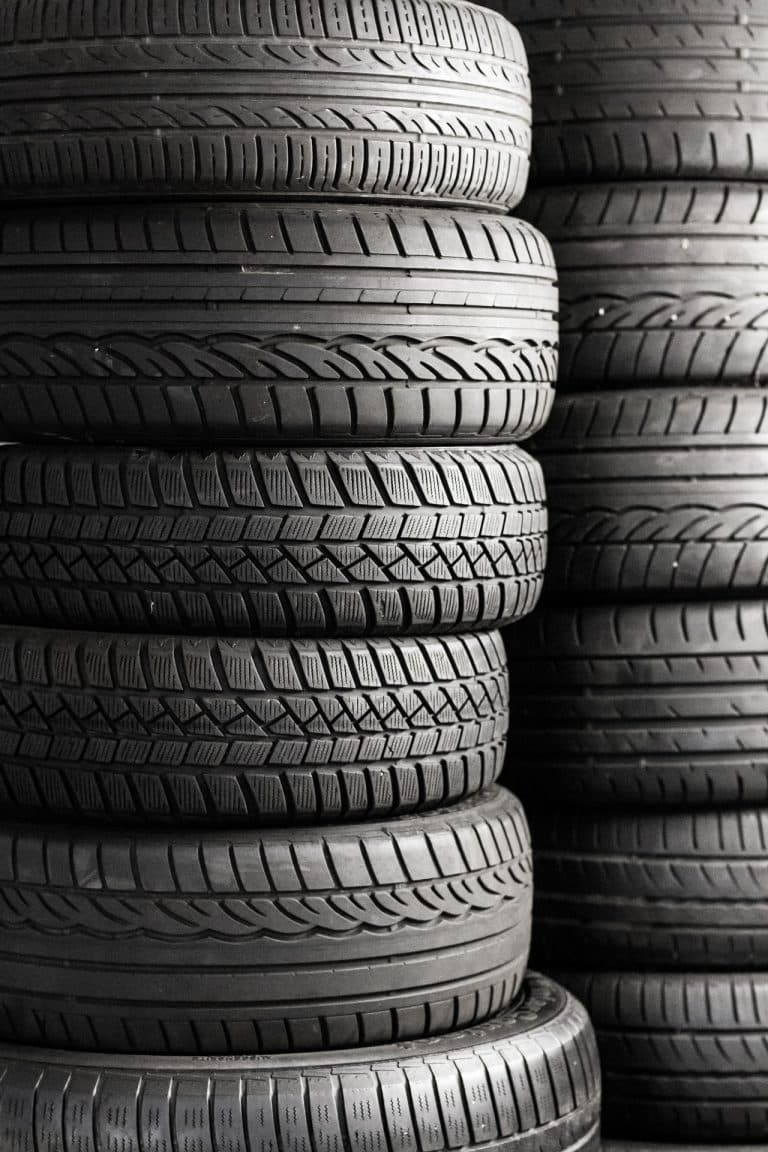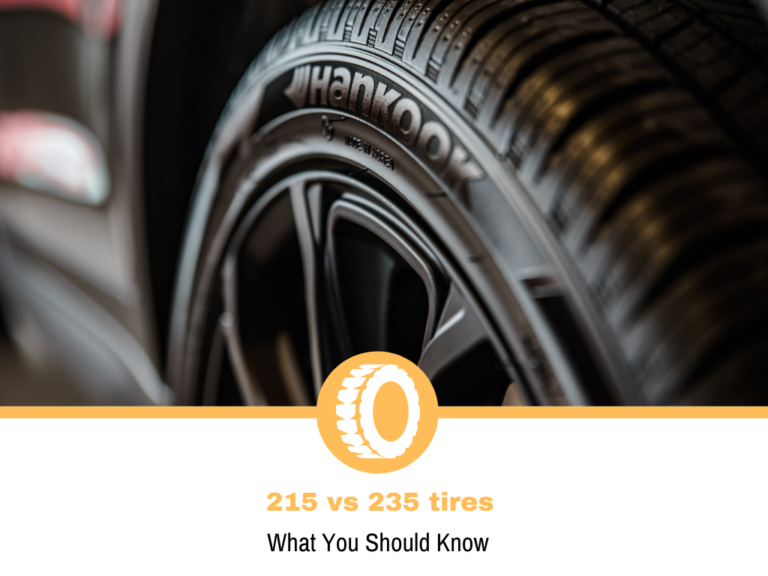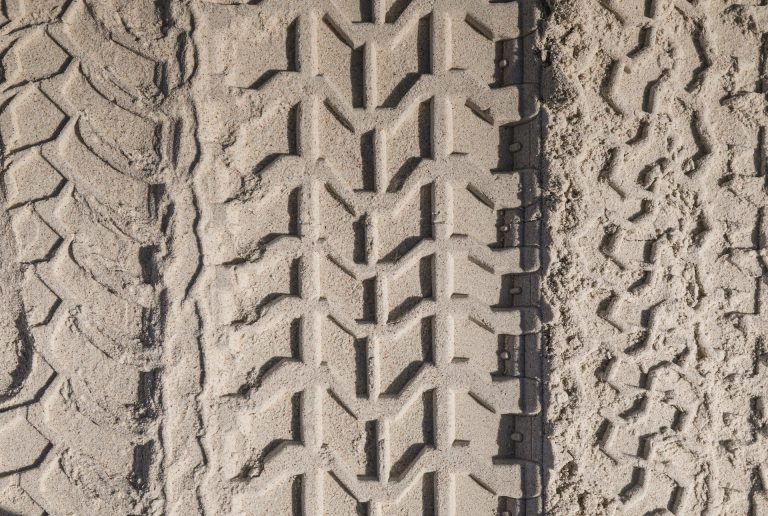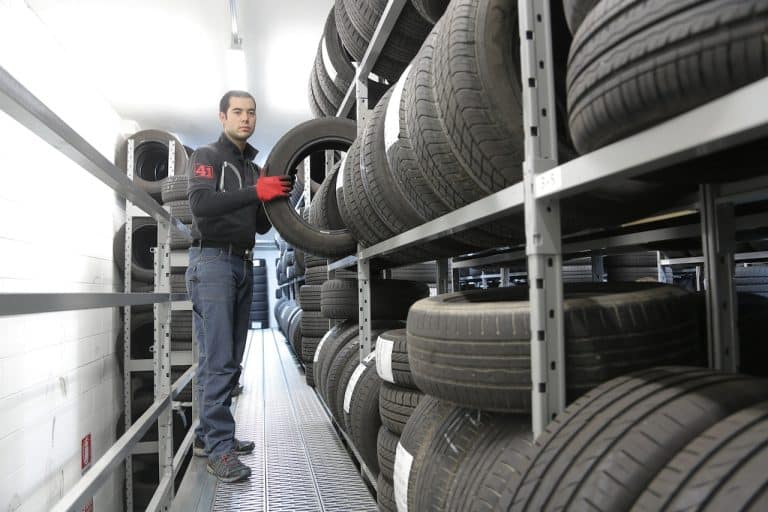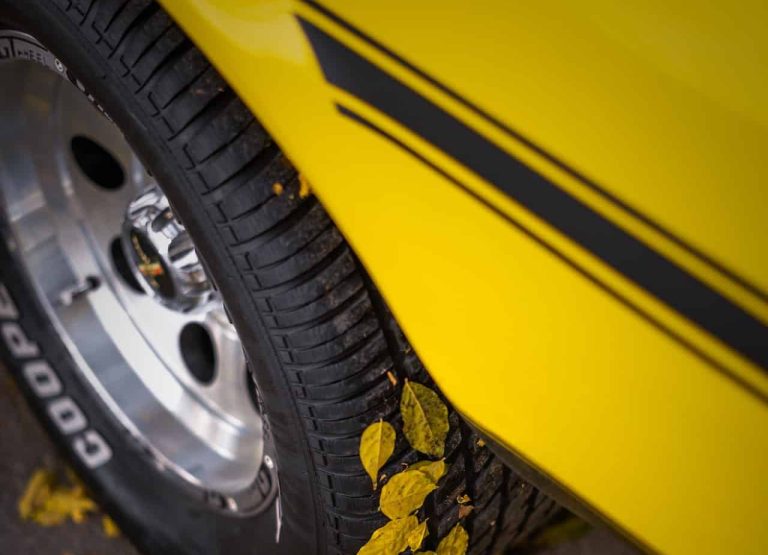How To Get Water Out Of Tires
Water naturally evaporates as the temperature of the water rises and condenses when the temperature of the water lowers. It may be required to question if water truly evaporates from tires, despite the fact that water is believed to be insoluble in rubber.
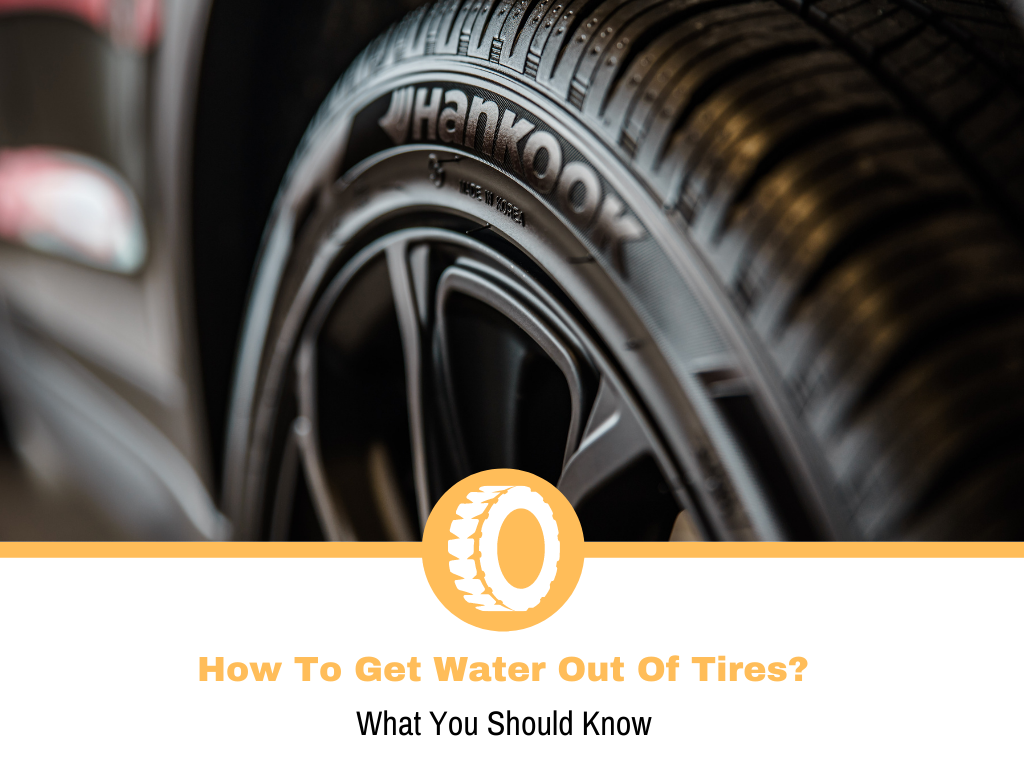
This is on top of the fact that, no matter how hard you try, you will never be able to prevent water from getting into your tires in some form or another. As a result, we may be interested in learning what happens to the water trapped in automobile tires.
To be sure, the water contained inside tires does evaporate as the temperature rises, and it condenses again when the temperature lowers. It is one of the reasons why tires deflate even when they do not have a hole in them because when the water in the tires evaporates, it takes the air with it.
Despite the fact that water plays a very significant function in tires, it is believed to boost vehicle traction with the road by providing it with more stability, even when subjected to extremely powerful forces. However, water in tires continues to cause a slow, but certain, deflation of the tires’ air pressure.
Can Flood Damage Tires?
It is possible that tires that have been submerged for a long period of time can cause problems. Before putting tires on a vehicle, they should be inspected for indications of water damage. According to experts, if there is water trapped inside the tire, the tire would eventually collapse.
A car that has been submerged in floodwater for any length of time may have sustained damage that is not visible. Floodwaters include impurities such as salt, grease, and oil, which may cause tire damage if they are not treated properly.
Tires that are placed on a car, truck, all-terrain vehicle, trailer, or other vehicles should be thoroughly inspected. Look for scratches, wounds, or holes where contaminated water might have gotten into the tire, and remove it if you see any of these. Tires that look to be in good condition should be thoroughly cleaned before continuing to use them.
Tires that were not mounted and were submerged in floodwaters are likely to have suffered internal structural damage and are no longer safe to use. It is necessary to discard the tire that has been exposed to flood water for any reason.
How Can Water Damage Tire?
If water comes into your tire, the best thing to do is to get rid of it as quickly as possible to avoid further damage. Failure to do so may result in recurrent cycles of incremental air loss in the concerned tire(s), which may finally result in a flat tire and the problems that accompany it.
The method by which you would be able to eliminate water from your tires has already been discussed above. It is true that the presence of water within the tire improves the vehicle’s grip on the road. However, when weighed against the potential repercussions of failing to get rid of the water in your tire, whatever advantages this may provide will eventually be rendered inconsequential and insignificant.
As the tire warms up, the water expands at a higher rate than the surrounding air does. The transmitters in the wheels of your automobile’s tire-pressure monitoring system might be damaged by water if your car has one. In cold weather, it might turn to ice, causing an issue with the balance of the vehicle.
Can A Tire Absorb Water?
In most cases, tires are incapable of absorbing considerable quantities of water. At high temperatures such as those seen during the day, water can readily transition into vapor; at lower temperatures such as those experienced during the night, water may easily transform back into liquid form (water vapor).
In addition to being soluble in water, oxygen, for example, will transport air when it evaporates if it converts into water vapor. The fact that tires absorb water does not exclude the escape of the combination of water vapor and oxygen dissolved in it from the tire by any of a variety of routes, including the valves, which are located throughout the tire.
How Can Water Get Into Tires?
Water may enter your tires through a number of various pathways and openings, including punctures. Also, It may get entry into your tires through a damaged tire valve or its cover.
Another concern is that water may seep into your tires while you work to fix a puncture or other issues with your car. This may be dangerous. In addition, if your tires have a little hole or puncture in them, water may enter into your tires, which is the third issue to consider.
The fourth reason is that water may seep into your tires if you ride on waterlogged terrains on a regular basis or if your tires are submerged in water for extended periods of time, regardless of whether or not your tires have a hole in them. Finally, air and water form a very good mixture since oxygen readily dissolves in it.
So when you inflate the tires of your vehicle, there is a good chance that some water will be present in the air. When this happens, water has already gotten into your tire and can potentially cause damage. It is certain that the presence of water in car tires will cause problems in some form or another. In order to properly remove it from our surroundings, we must get acquainted with the right means of doing so, for obvious reasons.
What Is The Best Way To Get Water Out Of Tires?
It is commonly known that water may create difficulties in car tires if it manages to seep into them at any point. This is caused by the cycle of evaporation and condensation that occurs in the tires when water is allowed to enter.
If your car is equipped with a tire pressure monitoring system (TPMS), water in the tires might cause them to fail. In order to prevent this from occurring, you should squeeze the inflator valve for a few seconds every time you drive. This operation, on the other hand, will dissipate the water that has accumulated in your tires.
Alternatively, you may totally deflate the tires, which will allow both the water and air to be expelled from the tires. Then you may re-inflate them to the proper level of pressure if necessary. Water in tires is supposed to increase vehicle grip with the road; nevertheless, it must be removed from the tires since it might cause their deflation, although in a very slow and gradual manner.
What Is The Best Way To Remove Water Out Of A Tire Without Removing It On Its Rim?
The most effective approach for doing this is to first completely deflate the damaged tire, therefore removing both water and air from the tire at the same time. Once this is completed, allow the deflated tire to remain in this condition for at least one night before trying to re-inflate it. It is as simple as following the proper procedures to ensure that any traces of water that may still be present inside the tire’s interior have been entirely removed.
Conclusion
There is always a way by which water ends up in car tires, and although it is not always essential, there are a number of scenarios in which placing water in tires is the standard norm.
The following is the situation when it comes to tractor tires: Water may be found in tractor tires for a number of causes, including condensation. Some cars, such as passenger autos, really aren’t subject to the same regulations as other kinds of automobiles.
If water gets into the tires of these automobiles, it is essential that every effort be made to flush the water out of the tires, or you run the risk of experiencing numerous tire flats. Because water may cause flats on tubeless tires on a regular basis, it is important to keep them clean. Consequently, water should be avoided at all costs while using tubeless tires to prevent a flat.
